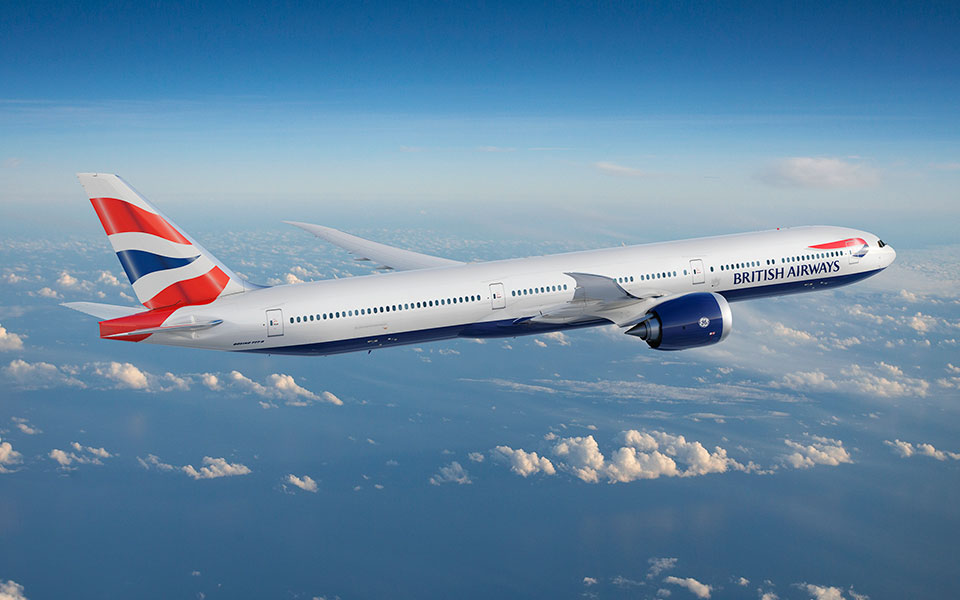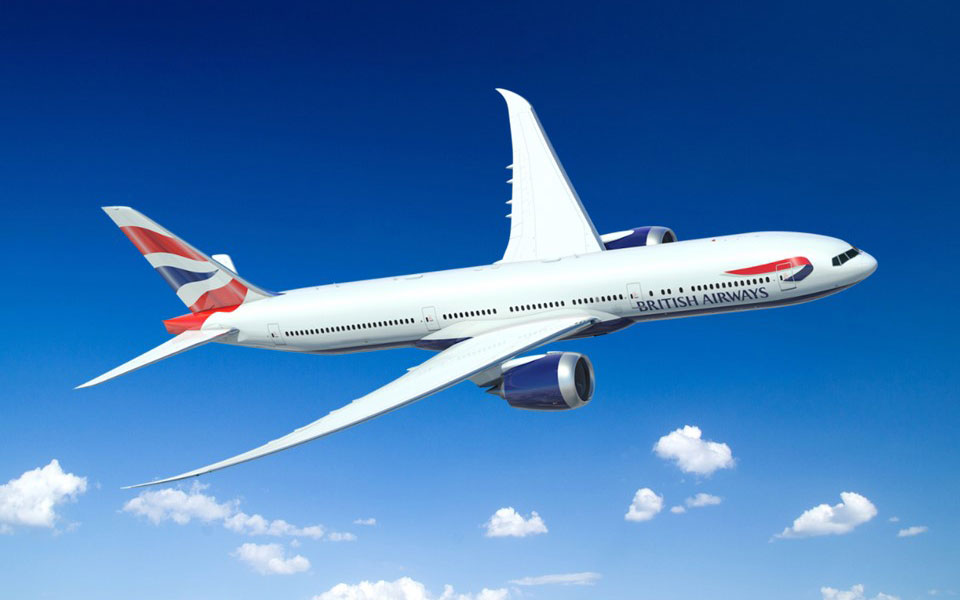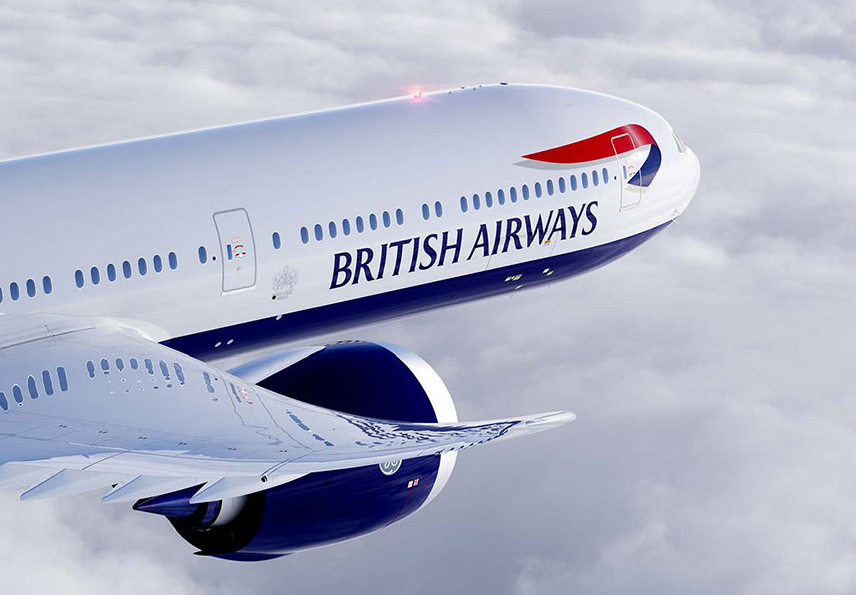Boeing and International Airlines Group, the parent company of British Airways, announced February 28, 2019 the airline has committed to purchasing up to 42 777X airplanes, including 18 firm orders and 24 options. British Airways joins a group of leading carriers that have selected the new 777-9, which will debut next month as the largest and most efficient twin-engine passenger jet in the world.
The commitment, valued at up to $18.6 billion at list prices, will be reflected on Boeing’s Orders and Deliveries website once it is finalized.

“The new 777-9 is the world’s most fuel efficient longhaul aircraft and will bring many benefits to British Airways’ fleet. It’s the ideal replacement for the 747 and its size and range will be an excellent fit for the airline’s existing network,” said Willie Walsh, IAG chief executive. “This aircraft will provide further cost efficiencies and environmental benefits with fuel cost per seat improvements of 30 per cent compared to the 747. It also provides an enhanced passenger experience”.
British Airways has been modernizing its fleet – one of the largest in the airline industry – to more efficiently serve its extensive global route network. In recent years, the airline has introduced the super-efficient 787 Dreamliner family to replace its medium-sized widebody jets. The new 777-9 will replace British Airways’ larger widebody airplanes, mainly the four-engine 747 jumbo jet.

In ordering the 777-9, British Airways extends a long-running relationship with the popular 777 family. The airline is one of the largest 777 operators with a fleet of nearly 60 of the long-range jet. The airline last year committed to four more 777-300ER (Extended Range) jets via operating lease.
The 777-9 is larger and slightly wider than current 777s with the ability to comfortably sit 400-425 passengers in a standard two-class cabin. Powered by 787 Dreamliner technologies, an all-new composite wing, and other enhancements, the 777-9 offers airlines 12 percent lower fuel consumption than competing airplanes. The 777-9 can also fly farther than its predecessors with a standard range of 7,600 nautical miles (14,075 kilometers).

Story and images from http://www.boeing.com